
There’s a special kind of regret that hits when you toss something out, only to realize it could’ve been useful for you or others. Lightning cables fall right into that category. Sure, they’re outdated for charging, but that doesn’t mean they’ve lost all value. Just look at them differently. If you’ve got a stash lying around, here’s how to make each one count.
Recycle Them At Apple Stores Or Authorized Retailers
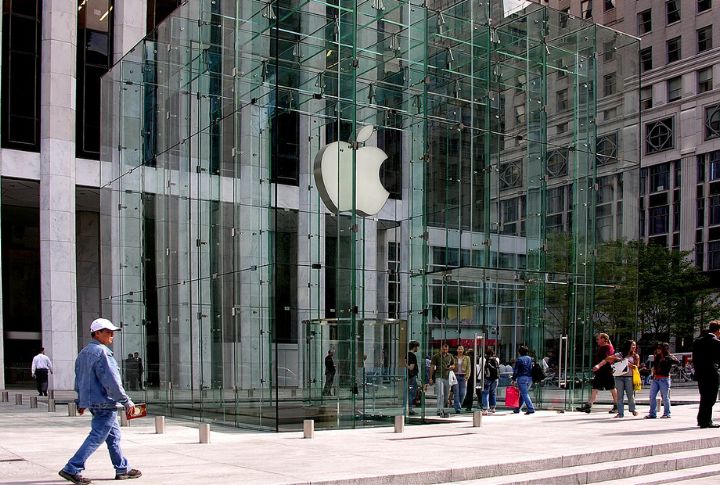
Apple’s in-store recycling program accepts old Lightning cables—even if you’re not making a purchase. Many authorized service providers also take part in this effort. Instead of ending up in landfills, the accessories are sent to certified recyclers. Since Apple designs its devices for material recovery, every drop-off supports smarter reuse.
Drop Them At An E-Waste Collection Center
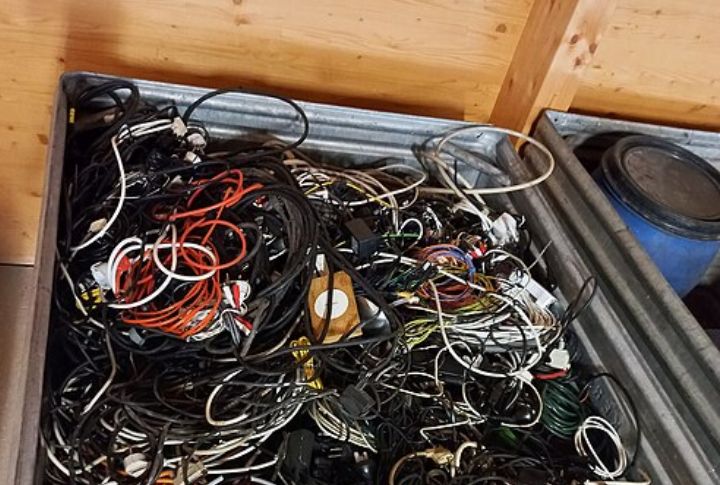
Look for an e-waste collection center nearby that accepts electronics. Some offer weekend drive-thru recycling, which keeps the drop-off quick and simple. Lightning cables contain copper, aluminum, and plastic insulation, all of which can be recovered. Proper disposal also prevents toxic materials from seeping into the soil and groundwater.
Donate To Tech Refurbishment Programs
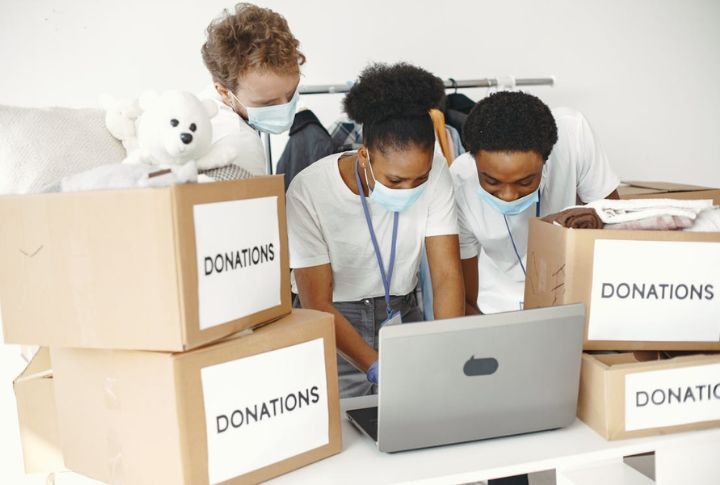
Donate working Lightning cables to tech refurbishment programs. These nonprofits match cables with Apple devices going to low-income families and shelters. Numerous refurbished units lack original accessories, so cables are always in demand. Check online for donation wish lists and give an old cable a second life.
Repurpose For Cable Management

Old Lightning cables can be repurposed as cord ties for everyday cable clutter. Once cut, the inner wires are strong enough to hold other cords in place. Additionally, braiding or looping sections adds grip and reduces slippage. In fact, tech repair shops reuse old cables this way to keep setups organized efficiently.
Turn One Into A DIY Keychain Or Bag Tag

Loop an old Lightning cable through a keyring or zipper to create a simple DIY bag tag. The connector adds a sturdy charm, and the silicone shell resists wear and weather. It takes less than five minutes. Plenty of crafters even sell tech-based accessories online—proof that it works and lasts.
Sell Working Cables On Online Marketplaces
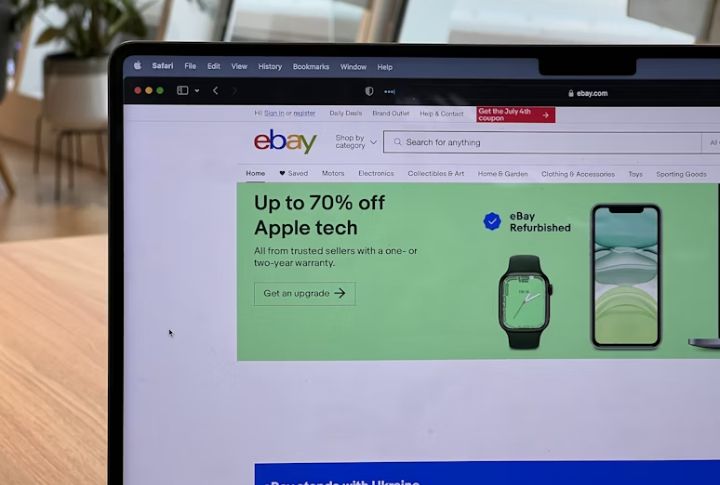
Post your working Lightning cables on platforms like eBay or Facebook Marketplace. Plenty of people still use devices with Lightning ports, and bundles of secondhand cables get noticed. Since Apple only switched to USB-C in 2023, demand hasn’t dropped. Fun Fact: Several buyers grab extras to keep older iPhones and iPads running.
Use As A Visual Aid Or STEM Teaching Tool

Turning an old Lightning cable into a STEM teaching tool is easy. Dissected cables show students how data flows, where the shielding sits, and how microchips handle power. Teachers often use them to explain conductivity and technical anatomy. They’re a low-cost way to boost hands-on learning in tech literacy classes.
Use For DIY Wire Sculpture Projects
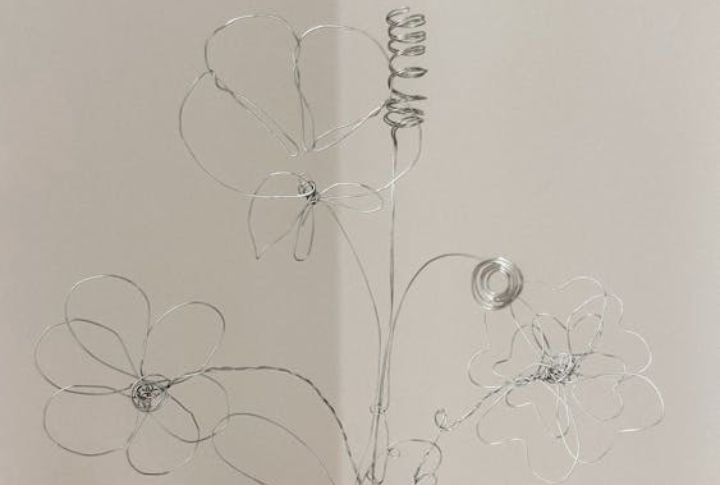
Lightning cables contain bendable metal wires that make excellent material for DIY sculpture. Artists usually reuse them to build small models or wire-based decorations. The copper strands inside are flexible and hold shape well. Even damaged cords remain useful when repurposed into creative home decor or educational projects.
Keep One In Your Emergency Tech Kit
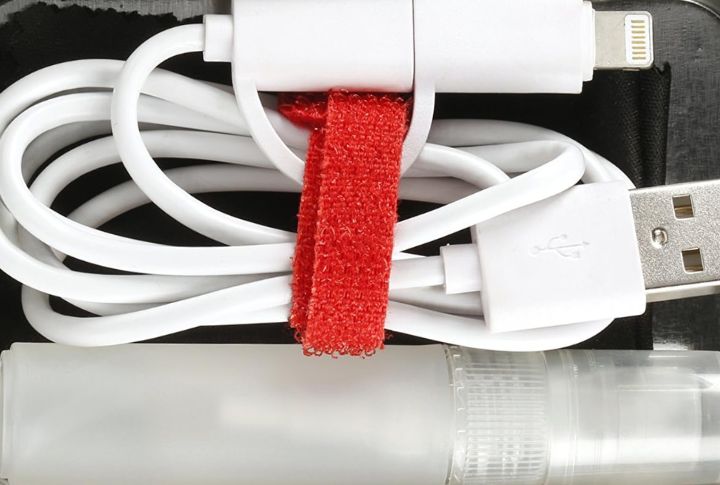
A backup Lightning cable is a smart addition to any emergency tech kit. Devices like older iPods and Magic accessories still rely on this connector. Keeping one in a glove box or guest drawer helps avoid last-minute scrambles, especially in shared homes where extras are often needed.
Label And Use For Device Testing Stations
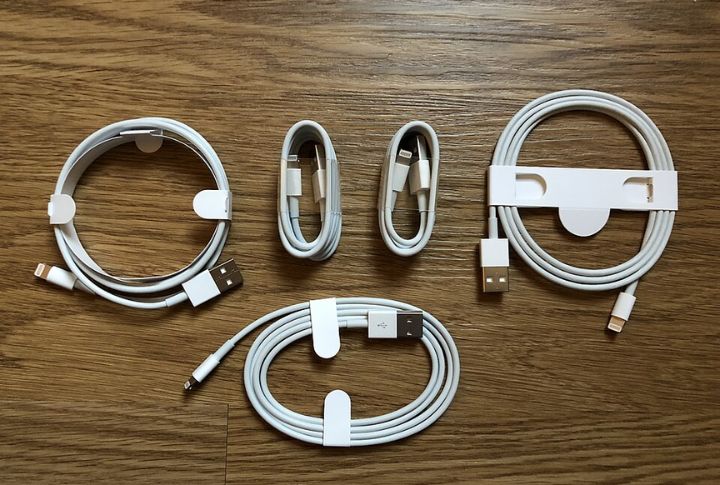
Old Lightning cables still serve a purpose in diagnostic setups. Labeled cables help technicians verify alignment and identify charging issues quickly. Some repair shops even keep bins for test-only cords. That same method works in school labs or DIY stations where older Apple devices still get regular use.

